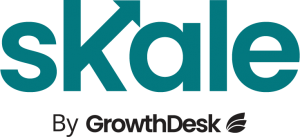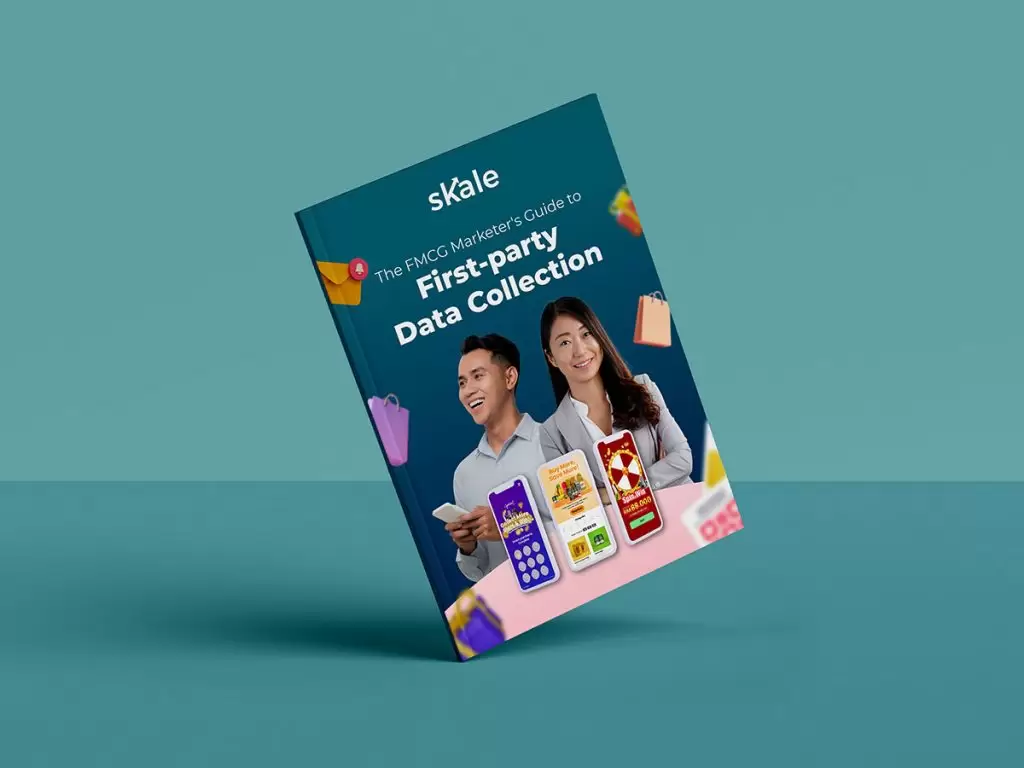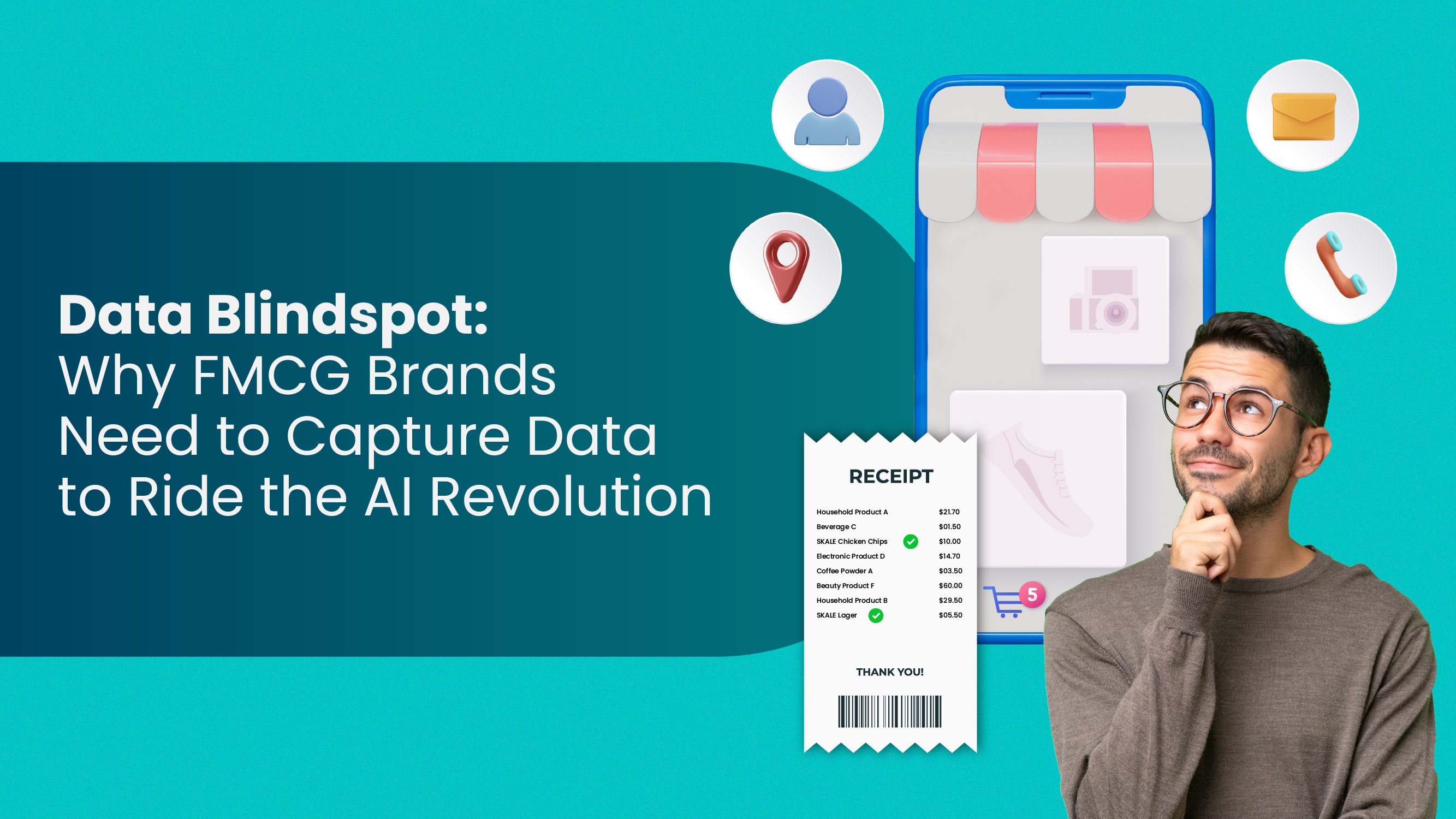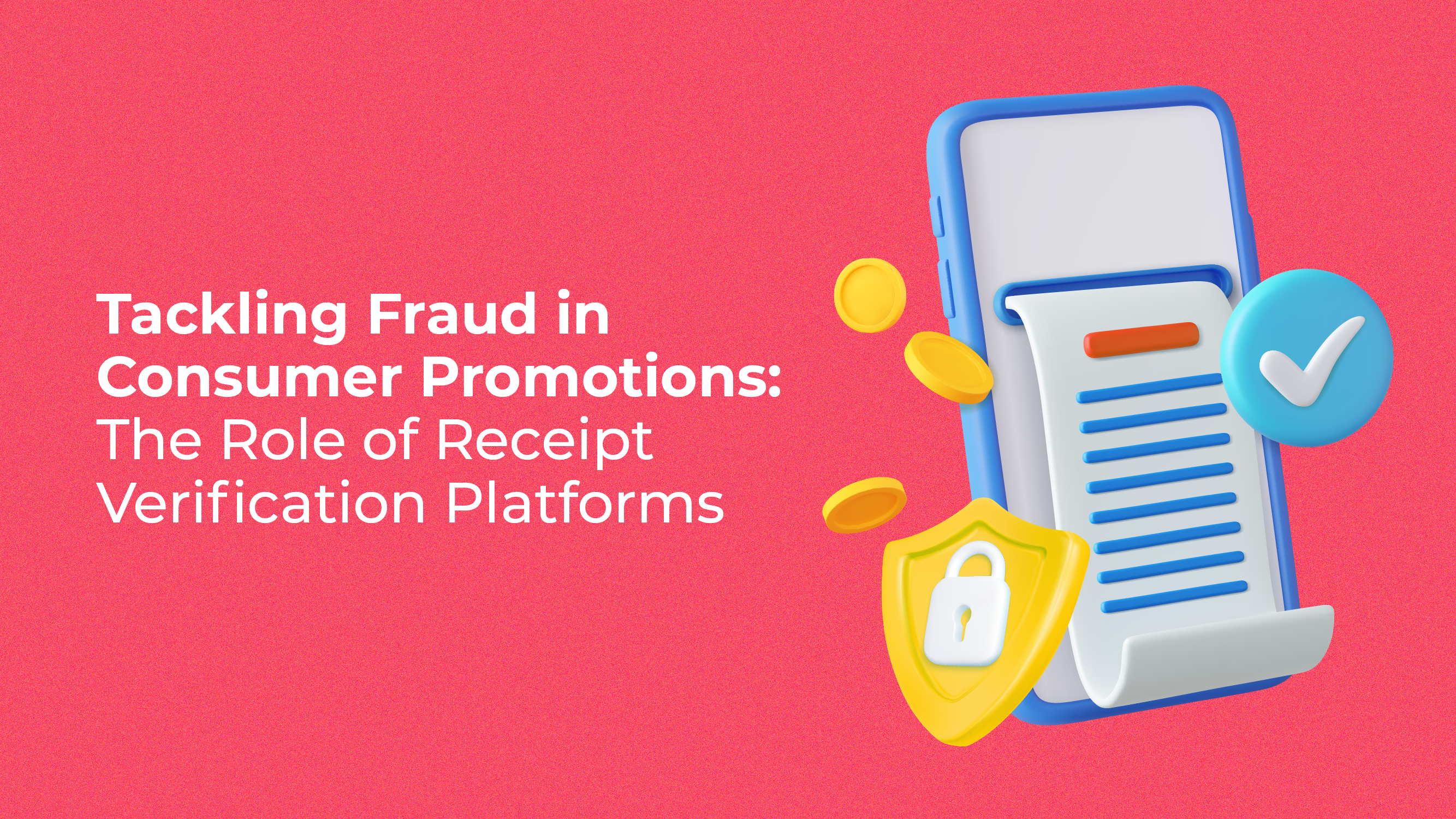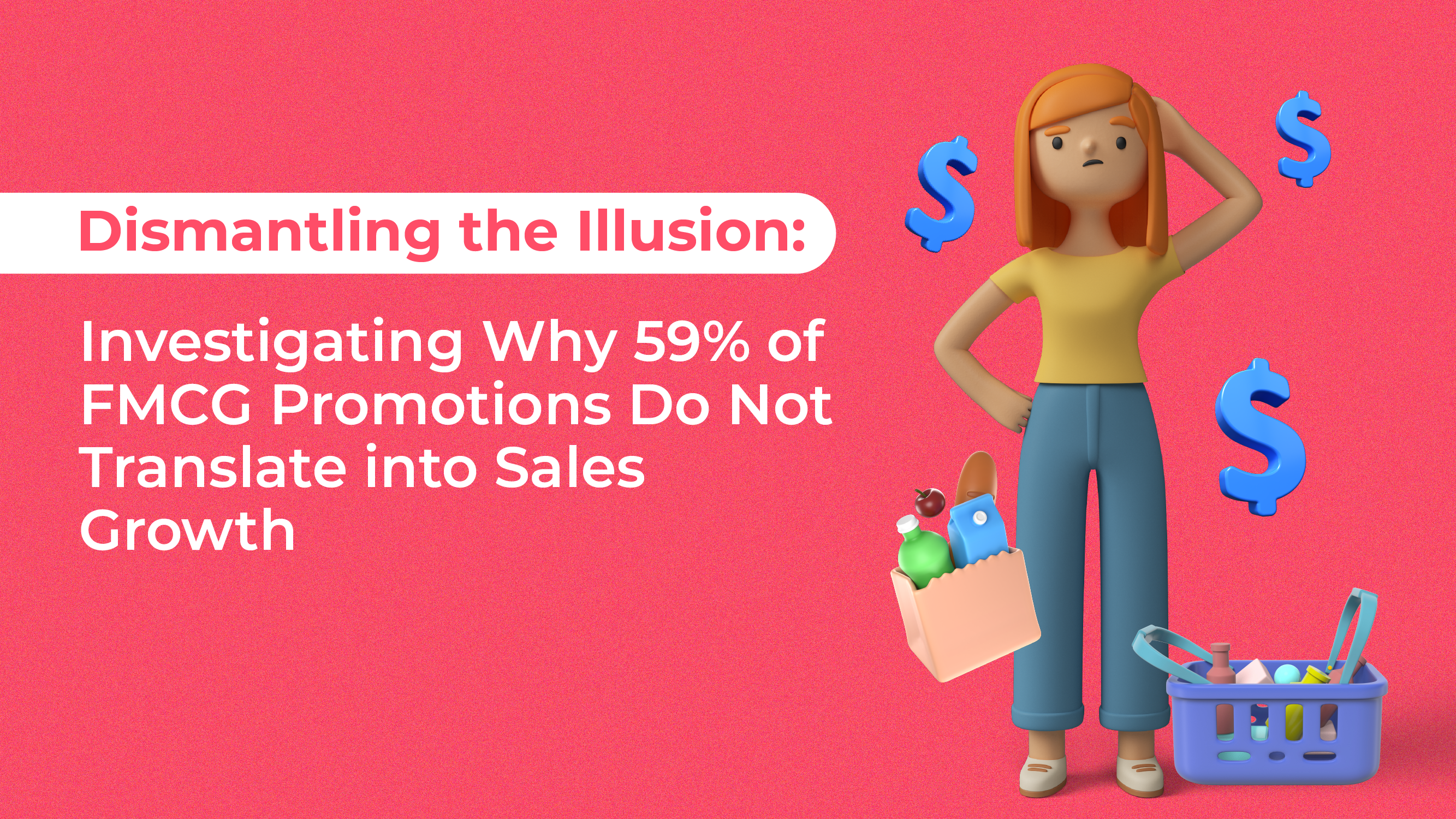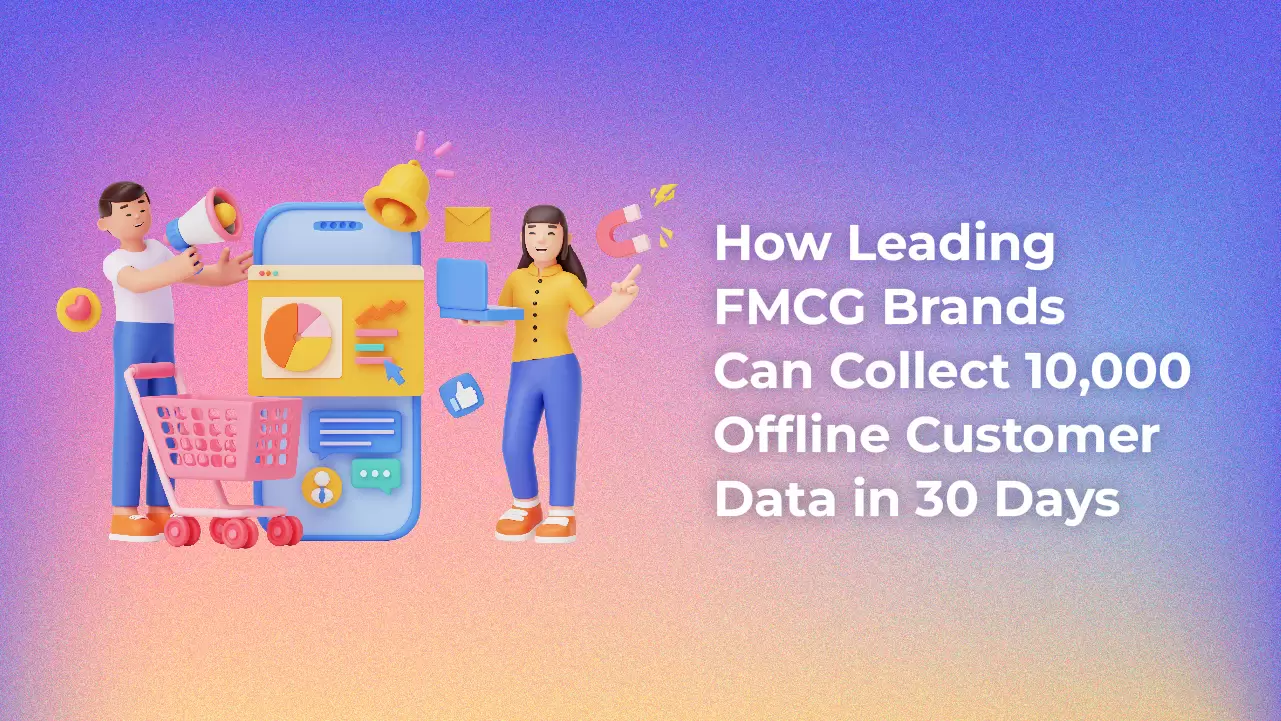What happens when third-party cookie-reliant businesses and marketers suddenly face a cookieless world?
Let’s dive in deeper and learn how we can survive this digital hurdle by collecting first party data.
The Problem
Google is ending third-party cookies in Chrome by the end of 2023.
This means that you cannot rely on Google anymore to track your consumers’ behavior.
Consumers are highly selective when it comes to giving their data.
Apps are also no longer an easy way to capture consumer data.
It is difficult to get customer data from your retailers.
Collecting first-party customer data needs to be a priority for your business.
The Big Challenge
How will you know to collect first-party data?
Understanding First-Party Data
It is information a company collects directly from its customers. You own this data.
It comes from customer purchases, support and customer success programs, and marketing programs.
Examples of first-party data include…
How to Use First-Party Data
First-party data is extremely valuable. With this, you can…
-
Design a better customer experience
-
Build relationships with customers
-
Optimize your pricing strategies
-
Provide specialized offers & recommendations
The Solution
Harness these tools to speed up your first-party data collection.
1. Smart Receipts
Usually, receipts are disposed of. However, smart technology scans receipts and records spending behavior – you can collect these first-party data and better understand your offline customers.
Personalization is the key to customer loyalty.
With this smart receipts technology, figuring out your customers’ spending behavior is a breeze. You can also reward your top spenders and offer targeted recommendations based on their expense history and location.
For example, if a customer is near your mom-and-pop shop, you can present a great offer to further drive them as your in-store client.
2. Digital Vouchers
Paper vouchers are out, and Digital Vouchers are in!
These are effortlessly downloadable, retrieved, and consumed through a customer’s account.
One can simply click the best-est voucher deal, and it’s immediately added to their account. To use it, stores can simply track customers who redeem the vouchers.
Customers will find it convenient because it is impossible to lose physically.
Upon entering the store, you can already get their data because of the registration process before a voucher download. In redeeming, you can also track these conversions and build your customer database without breaking a sweat.
3. Microapps
Gamification is in! Make shopping fun through digital Scratch Cards, Spin and Win platforms, and Augmented Reality.
Get first-party data as they enjoy the shopping experience!
Games provide a dopamine rush and are highly addictive and rewarding to the brain. People will quickly give up their data for the opportunity to play and win.
Gamification has been shown to increase customer acquisitions by as much as 700%.
